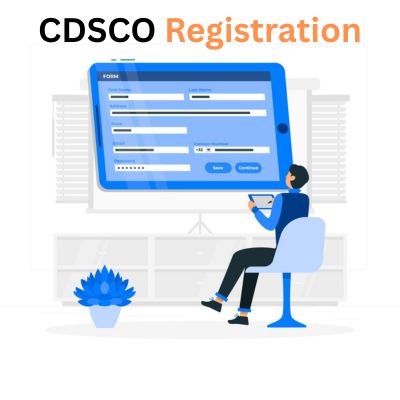
If you're planning to launch a medical product, drug, or cosmetic in India, CDSCO registration is a mandatory process governed by the Central Drugs Standard Control Organization (CDSCO). It ensures that your product meets Indian safety, quality, and efficacy standards.
However, the process can be confusing and full of hidden challenges, especially for startups and small businesses. In this guide, we’ll walk you through common pitfalls in CDSCO registration, how to apply, how to get registered, and most importantly—how to avoid costly mistakes.
CDSCO is India's apex regulatory body for drugs, medical devices, and cosmetics. If you’re manufacturing or importing these products into India, you need CDSCO approval before launching in the market.
Getting CDSCO registration involves a few crucial steps that depend on the product type and whether you are a local manufacturer or a foreign importer.
1. Product Classification
Classify your product correctly based on CDSCO’s risk-based classification (especially for medical devices and diagnostics).
2. Appoint an Authorized Agent (for imports)
Foreign companies must appoint an Indian Authorized Agent registered with CDSCO.
3. Prepare Required Documents
This includes:
4. Online Registration on SUGAM Portal
5. Submit Application & Track Progress
Applications are submitted via the SUGAM portal, an online platform that handles licensing and approvals for drugs and devices.
1. Register on the SUGAM Portal
2. Choose the Correct Application Type
3. Upload Documents
4. Pay Fees Online
5. Respond to Queries Promptly
Even with a solid application, errors can lead to long delays or rejections. Below are the most common issues applicants face.
1. Wrong Product Classification
Incorrectly categorizing your product can cause major delays and legal issues.
Avoid it: Use CDSCO’s classification tool or get expert advice.
2. Incomplete or Invalid Documentation
Missing test reports, outdated certificates, or unnotarized documents are common rejection points.
Avoid it: Follow a detailed checklist for your product type.
3. Errors on the SUGAM Portal
Incorrect data entry, wrong file format, or missed uploads can stall your application.
Avoid it: Carefully review instructions and keep backups of everything submitted.
4. Not Appointing an Authorized Indian Agent (for foreign companies)
This is mandatory for all imports.
Avoid it: Choose a reliable agent with CDSCO experience.
5. Labeling Non-Compliance
Incorrect or missing label details like caution notices or batch info are common issues.
Avoid it: Follow CDSCO’s labeling guidelines strictly before printing.
6. Overlooking Renewal Timelines
CDSCO licenses have validity periods. Missing renewals can disrupt supply.
Avoid it: Use a compliance calendar and set alerts for renewal dates.
CDSCO registration is essential for launching regulated products in India, but it’s easy to get tripped up by documentation errors, misclassification, or missed steps. By understanding the process, using the SUGAM portal correctly, and avoiding common pitfalls, you can ensure faster approvals and smoother market entry.
To learn more about CDSCO Registration in India, we recommend you to visit Metacorp as it solves legal and compliance issues of new and established businesses.





We are the pioneers in offering environmental consulting services to our patrons, giving us the first mover advantage & keeping us ahead of our competitors.
Very experienced in filing, monitoring & submission of CDSCO Compliances, Drugs Manufacturing & sale guidelines, Environmental Impact Assessment, AERB consulting services, Pollution Control Board CTE & CTO Advisory Services, Waste Management Authorization from State Pollution Control Boards, Fertilizers & Insecticides Manufacturing, Wholesale & Import Compliances
